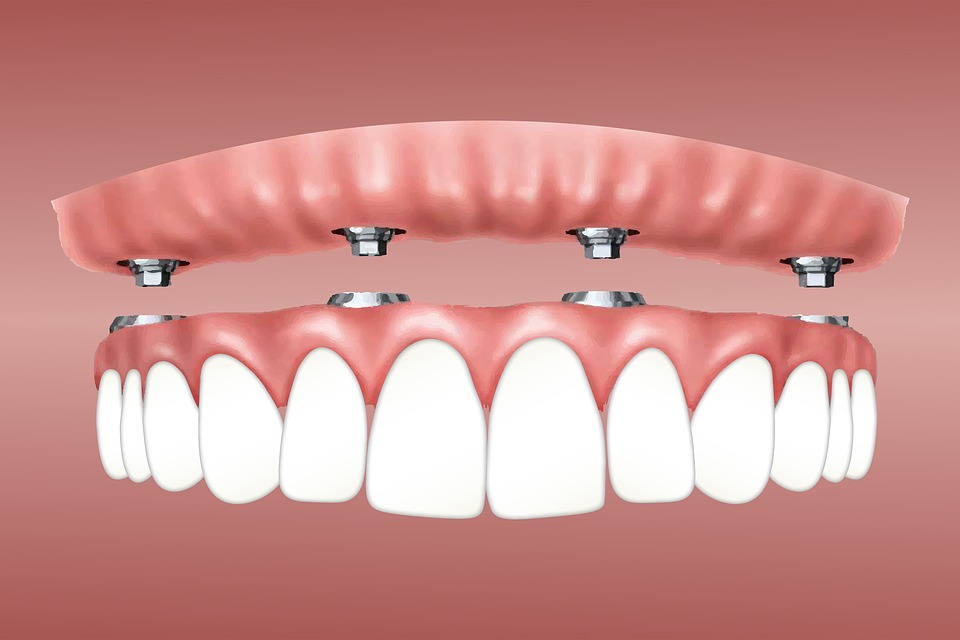Innovations In Gum Treatment – The Microsurgical Approach
“The treatment of gum disease isn’t merely for maintaining oral health but for overall health too”
Gum disease or periodontal disease is counted amongst the most commonly occurring chronic inflammatory condition that affects the body. It is also a major cause of tooth loss. And growing evidence suggests that periodontitis is associated with conditions like diabetes mellitus, cardiovascular disease and other systemic conditions. Hence, the treatment of gum disease isn’t merely for maintaining oral health but for overall health too.
Traditionally, gum disease has been treated using a nonsurgical or surgical approach. In the early stages of the disease, such as gingivitis and mild to moderate periodontitis, usually nonsurgical management would suffice. In more advanced periodontitis, surgical management becomes inevitable.
Optical magnification using the operating microscope has improved visual acuity almost beyond imagination, thereby, enhancing the scope of periodontics in both surgical and nonsurgical management. Although magnification has enabled a trend toward microdentistry as a whole, periodontists have only recently, adopted microsurgical principles to treat gum diseases.
Microsurgery basically refers to any surgical procedure that has been performed under a microscope. The three important virtues of microsurgery are as follows:
- Enhanced motor skills that achieve better surgical results, as a result of increased precision and reduced tremors.
- Decreased tissue trauma at the surgical site due to smaller operating field and finer instruments
- Unparalleled ability to achieve tension-free primary wound closure
All the above mentioned virtues are of great value to the periodontist who can utilize them to great effect in the following:
Nonsurgical Periodontal Therapy
Greater ability to completely remove the irritants on the root surface means consistently better results. The inability to completely detoxify the root surface (sub gingival calculus and necrotic cementum) using conventional instrumentation can be fully appreciated, only when the roots are viewed under the operating microscope.
Surgical Periodontal Therapy
Deep periodontal pockets are a classical sign of advanced periodontitis and may require surgical intervention. MIST (minimally invasive surgical technique) has evolved as a way of treating pockets and regenerating lost tissue using the operating microscope. As outlined before in the virtues of microsurgery, the MIST results in greater post-operative comfort and faster healing for the patient.
Root Coverage And Other Aesthetic Procedures
Gum recession is a very commonly encountered problem in India. Using microsurgical techniques, it is possible to treat many recessions that are otherwise somewhat difficult to treat even without using potentially painful grafting procedures.
Implant Site Management
Using microsurgery, better functional and aesthetic results can be obtained, especially for the soft tissue that surrounds the implant.
When microsurgery is used in conjunction with the advanced instrumentation available today, like the new generation hand instruments and lasers, periodontal therapy can become much more predictable and rewarding.
Several technological advances suffer from the problem that they are not directly beneficial to the patient. However, the results of microsurgical procedures are very well appreciable by the patient and the immediate advantages to the patient include:
- Lesser post-operative pain
- Faster healing with decreased swelling
- Greater ability to quickly resume normal day-to-day activities
Long-Term Advantages Of The Procedure
- Better results achieved would directly translate to greater long-term stability of results – a problem that has dogged all periodontal therapy as a result of the chronic nature of gum disease.
- A complete record of the procedure can be obtained, should the patient so desire, as the operating microscope allows video recording of the entire procedure, with no additional discomfort to the patient.
- This means that, an exact image of the defect preoperatively and postoperative result can be obtained by the patient.
Conclusion
The flip side to periodontal microsurgery is that it has a rather steep learning curve for the operator. Perhaps this is one of the reasons why in spite of the fact that it is used extensively in other dental specialities (endodontics – root canal treatment), periodontists are yet to embrace it fully into their practice. But though it is technically demanding, the results are well worth it, both for the operator and the patient.
